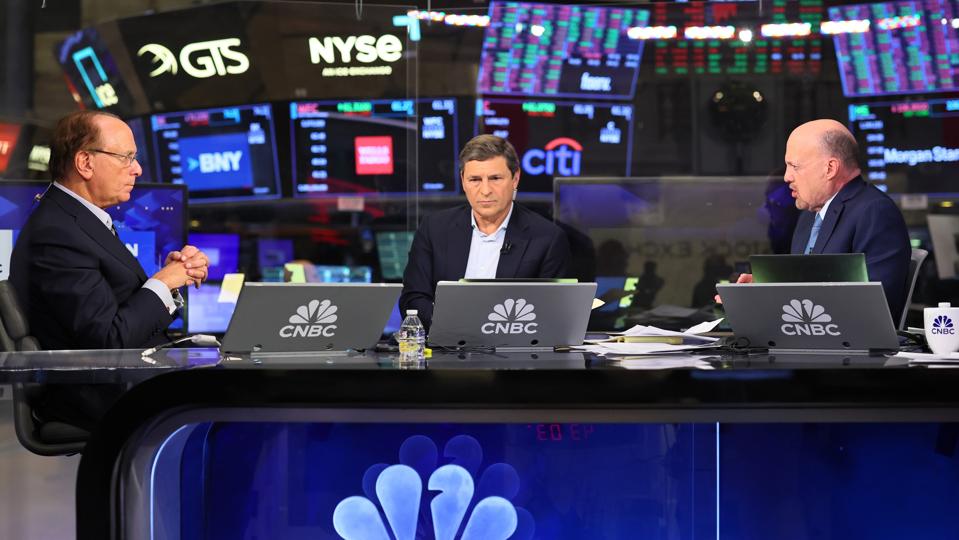In these times of turmoil over tariffs, stocks don’t simply move up and down. They don’t merely post a gain or a loss for the week. Instead, they send investors on a ‘roller coaster’ ride as stock prices plummet and plunge, soar and surge.
While there’s no telling where the stock market goes from here, one thing we know for sure: financial leaders, writers, and commentators will continue to search for the fewest words to explain the most complex actions. And, to do so, they’ll reach for a metaphor.
If you want to be a better communicator—more persuasive and engaging— pay attention to financial writers and commentators who translate complex information into words and ideas that are easy to understand.
Metaphors Clarify Complex Ideas
Effective communication is a skill and like any skill it can be learned. One way to learn a skill is to watch experts do it and to ask questions. In this case, why and when do skilled communicators reach for a metaphor?
A metaphor is a figure of speech comparing two different things to show their similarities. When Shakespeare wrote that “Juliet is the sun,” we all know that she wasn’t the actual sun but in those four words we understand that she brightens Romeo’s world.
Shakespeare knew the secret all great writers have come to learn: metaphors serve as a cognitive bridge between the intangible and the familiar. They save words, speak volumes, and create vivid images in our minds.
The bewildering complexity of global financial movements is far too abstract for most of us to grasp, so we instinctively look for something to compare. When we find a comparison that works, we repeat it. How many times have you read that the economy is in for a “soft landing” or a “hard landing?” We know the economy is not an airplane, but we understand the phrase because it’s a physical sensation we’ve experienced, just like a fall, a crash, or a recovery.
My favorite headline of the week comes courtesy of The Wall Street Journal: “Trade-War Jitters Batter Stocks.” It’s impossible to add more metaphors to that headline because every word—including stocks—is a metaphor for an abstract concept.
In just five words, the Journal’s headline compresses volumes of complex information: International relations and strategic alliances, policy mechanics, market psychology, and quantitative models.
Far from “dumbing down” content, a good metaphor makes it more likely that people will listen to your ideas because you’re making those ideas come alive. They’re more vivid and, as a result, more likely to be remembered.
Influential CEOs Simplify Complicated Topics
Pay attention to guests who are repeatedly invited to share their outlook on business shows—and pay extra attention to the headlines that come out of those interviews. You’ll find that those who create more intriguing metaphors tend to grab the public’s attention.
When JPMorgan Chase released its 2025 Q1 financial results, the press release alone was more than 3,000 words. But CNBC picked up on two words from CEO Jamie Dimon. The economy, he said, is facing “considerable turbulence.” CNBC’s commentators and hosts ran the headline and played off the metaphor for an entire day. The metaphor became the story.
Dimon, known for his clearly written annual shareholder letters, carefully selected a metaphor that accurately reflected his opinion. Turbulence is not a crash, but it can get uncomfortable. Turbulence can also be mild or extreme, which is why Dimon also said his company has built a fortress balance sheet that enables the bank to be a pillar of strength during volatile or challenging times.
Dimon knows a good metaphor when he sees it, as do financial experts who follow and interpret the markets for the public.
Your readers and listeners process complex concepts by reaching for familiar comparisons. Throw them the right metaphor—a cognitive lifeline—and they’ll not only pay attention, they’ll remember you.

